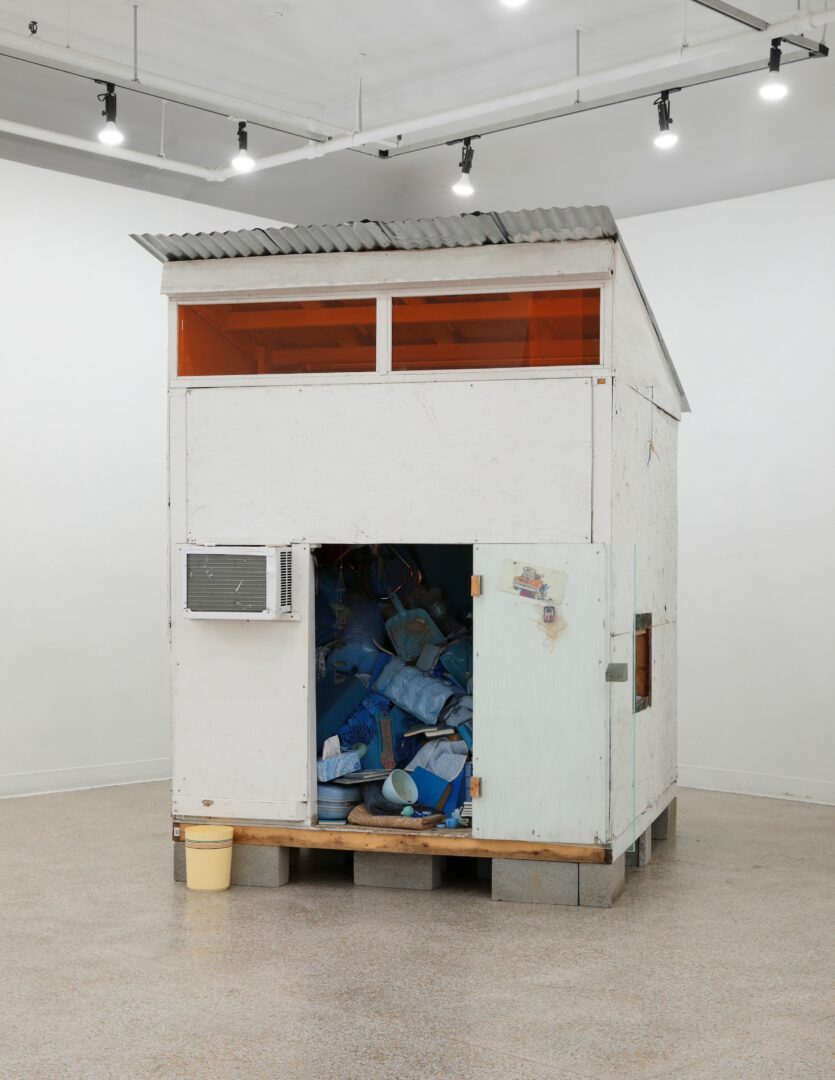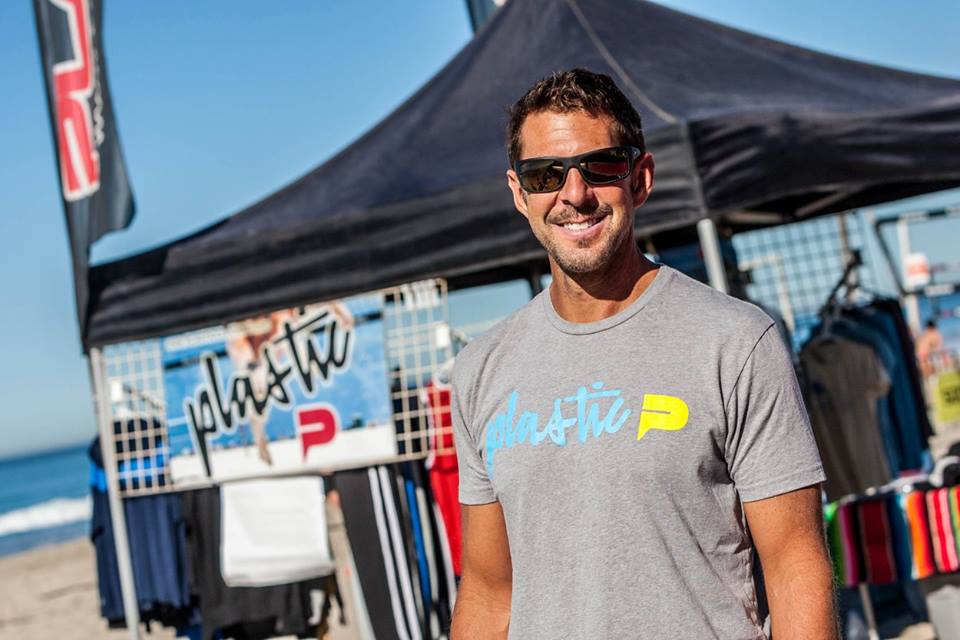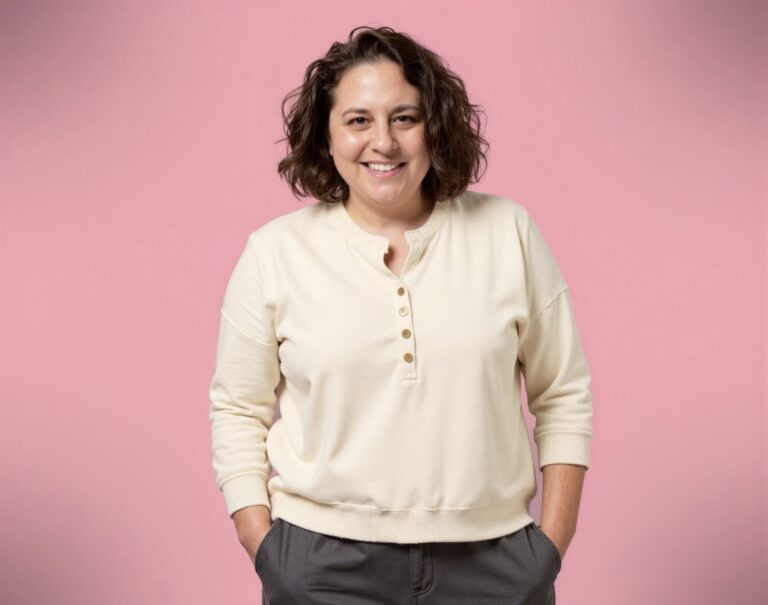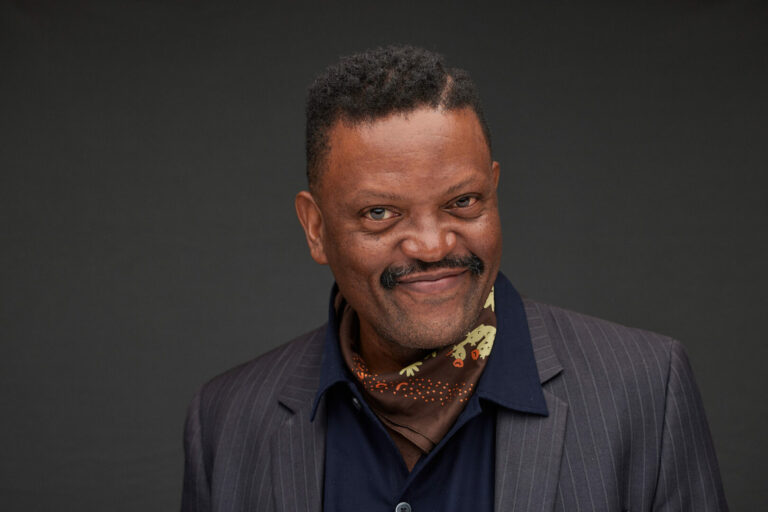We recently connected with Sarah Parker and have shared our conversation below.
Hi Sarah, appreciate you sitting with us today to share your wisdom with our readers. So, let’s start with resilience – where do you get your resilience from?
In my short 34 years of life, I have had experiences that have informed and tested my capacities as a person. What I have witnessed through some of those challenging experiences is the resiliency of people to rise from the ashes, rewrite their own prescribed narratives, and thrive in spite of what can sometimes feel like a deluge of unfortunate luck. My mom used to tell me that our family has bad luck– and to be honest to listen to the laundry list of crap that has unfolded for my mom’s parents then for my mom and my aunt and eventually to my sister and me, I often wondered if she was right. It’s not been until the last few years that I started to wonder if there is such a thing as luck or if, rather, it’s about perspective. And I dont mean to imply that toxic positivity isn’t just that– toxic. But, maybe in all the suffering of life, there is an opportunity to adapt, unfold, heal, shift, gain insight, and form receptive as an active response of resilience.


Thanks, so before we move on maybe you can share a bit more about yourself?
I am a Richmond-based sculptor and jeweler. I’ve been in RVA since 2018. I received my Masters in Fine Arts from the Department of Craft/Material Studies at Virginia Commonwealth University in 2021. My sculptures, installations, and jewelry focus heavily on americana, punk, DIY, anti-containment, and questioning authorship through the lens of craft. Since graduating with my masters, I have been teaching metalsmithing classes at VCU, community arts centers, such as Baltimore Jewelry Center, and craft schools, such as Haystack Mountain School of Craft in Maine.
Beyond teaching, is my rigorous and mind-consuming creative practice. Over the last number of years I have been focusing on designing a line of jewelry I call the Smoosh Series. This body of work is investigating a number of things. The first is tied to my dedication to environmental ethics which asks questions like: Where are these materials coming from? How can my work be disassembled and recycled in the future when it has become culturally irrelevant? Otherwise, I am designing the series to push a material language of gesture and immediacy, responding to disparate parts from other jewelry, found materials, raw materials, all of which come together in a compositions loosely tied to the themes I listed above. Material collaging is central to how I make, from jewelry to sculpture. Developing a succinct line of wearables has been my main focus because I have come to love the scale of jewelry work– I love making work that is for the body and performs upon those bodies through time and space. The works become bite-sized and accessible in a way that the sculpture and installation are not always.
I have been a member of an ongoing jewelry recycling and educational project called the Radical Jewelry Makeover in some capacity since 2012 but with more vigor since 2019 when I was invited to become an RJM Artist. Essentially the project raises awareness of the connection between mining, metalsmithing, activism, collaboration and art. It’s been a hugely informative relationship in my current works, most specifically in the approach to fabrication, material, and design.
In 2022 I launched a “brand” (a term I am not quite comfortable with yet) SPEE23, which emerged from years of my nickname’s evolution from Sarah Parker to Sparker to S.P. to S.PEE. Within the brand are all the arms of my creative practice. I make custom works. That encompasses everything from custom engagement rings to brooches highlighting lost dog teeth (I love a good bizarre challenge). As well, the brand encompasses the larger scale jewelry that I would consider more conceptual art jewelry, which is not necessarily for everyday wear but more for conceptual consideration with respect to the rich history of jewelry and adornment arts. I also have an online store for the daily wearables including the smoosh collection. Finally, you’ll see on my website, spee23.com, highlights of my sculptures and installations which are larger scale material explorations.


There is so much advice out there about all the different skills and qualities folks need to develop in order to succeed in today’s highly competitive environment and often it can feel overwhelming. So, if we had to break it down to just the three that matter most, which three skills or qualities would you focus on?
I recently loss my father who was a custom fine woodworker. I witnessed in his commitment to his craft an unwavering dedication to show up for the work. What I have taken from that through the years is the same commitment to show up to the studio even if not particularly inspired. There is always work that can be done whether that is for a client, or skill building, or working on the website, or making contacts, or researching new artists, the list can go on forever truly. I would say this is paramount to success along one’s artistic journey.
The second quality I think most important is to be authentic. This may be why I have a hard time with the term “brand” because it speaks to the commodification of one’s voice as a maker. I try my hardest to create work from large scale to tiny scale that is authentically my own. I believe it is what sets some artists apart from the rest.
Finally, I say this to my students because I was told it by my mentor: You can only make amazing jewelry if you look at amazing jewelry. Exchange the word jewelry for any other creative discipline. Consume as much awesome art as you can because it keeps you engaged in the field, gives you knowledge of the history of your field, and supports the expansion of your own voice as you start to locate yourself within a landscape of talented contemporary makers.


We’ve all got limited resources, time, energy, focus etc – so if you had to choose between going all in on your strengths or working on areas where you aren’t as strong, what would you choose?
This is such an interesting question to me. I think it is great to know your strengths and to continue to bolster them through life; be proud of your nature! That said, I also think the cultivation of balance and recognition of areas that can be improved upon can only support personal growth.
I will use my work as an example. As a maker I am impulsive, I tend to jump into the deep-end on a project before I totally know what I have gotten into. While working in that way can be quite exciting to me because it visually translates to a freshness, not-overwrought, and a gestural quality, it is a way of working that can be at odds with the practice of metalsmithing.
Metalsmithing by nature tends to invite the type of maker who is tedious-minded, and who enjoys a delectable technical challenge. I have had to cultivate this nature within myself in order to succeed as a metalsmith. It’s been so enlightening to evolve this side of myself because I now feel I have a greater handling of the material and the processes. I can choose when I am delightfully loose and can also choose to show my technical prowess as a counterpoint to it. It has added a depth of flavor to the work that has come with stewing over time. Interestingly, it has also supported my material knowledge and engineering understanding when building larger installations. I find the jewelry solutions work on a large scale too.
Contact Info:
- Website: https://www.spee23.com
- Instagram: @s.pee.23


Image Credits
Images 3,4,5,7 photo credit: David Hale
Images 1,2,6,8 photo credit: Sarah Parker
so if you or someone you know deserves recognition please let us know here.




